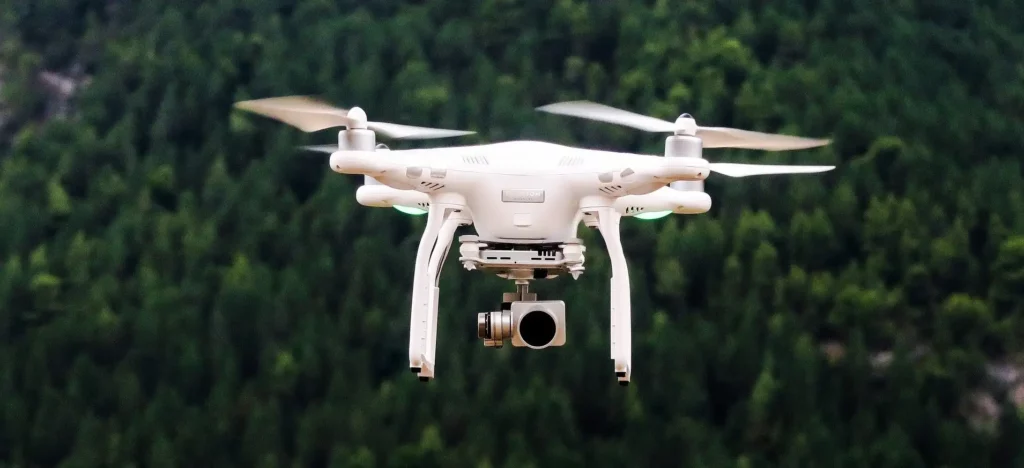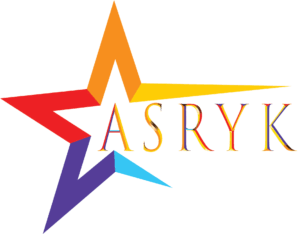Drones and Unmanned Aerial Vehicles (UAVs): Soaring Horizons and Transforming Industries
I. Introduction:
In the not-so-distant past, the idea of unmanned aerial vehicles (UAVs), commonly known as drones, was relegated to the realms of science fiction. Today, these flying machines have become a ubiquitous presence, transforming industries and reshaping the way we view and interact with the world. In this comprehensive exploration, we delve into the evolution, applications, challenges, and future prospects of drones and UAVs, illuminating their impact on sectors ranging from agriculture and logistics to cinematography and public safety.
II. The Evolution of Drones:
a. Historical Roots:
- Origins: The concept of unmanned aerial vehicles dates back to early military experiments, with the Kettering Bug being one of the first attempts in the early 20th century. However, it wasn’t until the late 20th century that technological advancements paved the way for the development of modern drones.
b. Military Pioneers:
- Military UAVs: Military forces played a pioneering role in the development and deployment of UAVs for reconnaissance, surveillance, and tactical purposes. Drones became integral components of modern military operations, offering advantages in terms of cost, risk mitigation, and versatility.
c. Civilian Applications Take Flight:
- Commercial Adoption: The turn of the 21st century witnessed a rapid expansion of civilian applications for drones. Improved technology, miniaturization of components, and cost reductions made drones accessible to various industries and enthusiasts.

III. Types of Drones: a. Fixed-Wing Drones:
- Design and Applications: Fixed-wing drones resemble traditional airplanes and are known for their efficiency in covering large distances. They find applications in agriculture, mapping, and surveillance.
b. Multirotor Drones:
- Design and Applications: Multirotor drones, with multiple rotors, are known for their stability and maneuverability. Popular in photography, videography, and recreational use, they are versatile but have limited flight time.
c. Hybrid Drones:
- Combining Advantages: Hybrid drones combine features of fixed-wing and multirotor designs, offering the benefits of efficiency and vertical take-off. They find applications in surveying, mapping, and surveillance.
d. Single-Rotor Helicopter Drones:
- Specialized Applications: Single-rotor helicopter drones are used in specialized applications where the advantages of a traditional helicopter design are beneficial, such as heavy lifting or long-endurance missions.
IV. Applications of Drones:
a. Agriculture and Precision Farming:
- Crop Monitoring: Drones equipped with sensors and cameras assist farmers in monitoring crop health, optimizing irrigation, and identifying potential issues such as pests or diseases. Precision agriculture techniques enhance efficiency and reduce resource usage.
b. Construction and Surveying:
- Aerial Mapping: Drones are employed in the construction industry for aerial mapping, surveying, and monitoring construction sites. They provide real-time data, improve project planning, and enhance safety.
c. Environmental Conservation:
- Wildlife Monitoring: Drones contribute to environmental conservation efforts by monitoring wildlife, tracking migration patterns, and assessing the health of ecosystems. They provide non-intrusive methods for gathering critical data.
d. Search and Rescue Operations:
- Emergency Response: Drones play a crucial role in search and rescue operations, providing aerial views, thermal imaging, and communication capabilities in disaster-stricken areas. They enhance the efficiency of emergency response teams.
e. Cinematography and Entertainment:
- Aerial Filming: Drones have revolutionized cinematography by enabling breathtaking aerial shots in movies, documentaries, and commercials. They offer filmmakers a cost-effective and versatile tool for capturing dynamic scenes.
f. Logistics and Delivery Services:
- Last-Mile Delivery: Companies are exploring the use of drones for last-mile delivery of packages. Drone delivery services have the potential to reduce delivery times and overcome challenges in remote or congested areas.
g. Infrastructure Inspection:
- Inspection of Assets: Drones are employed for inspecting infrastructure such as bridges, power lines, and pipelines. They provide close-up views, reducing the need for manual inspections and enhancing safety.
h. Public Safety and Surveillance:
- Law Enforcement: Drones support law enforcement agencies in surveillance, crowd monitoring, and search operations. They enhance situational awareness and aid in monitoring large areas efficiently.
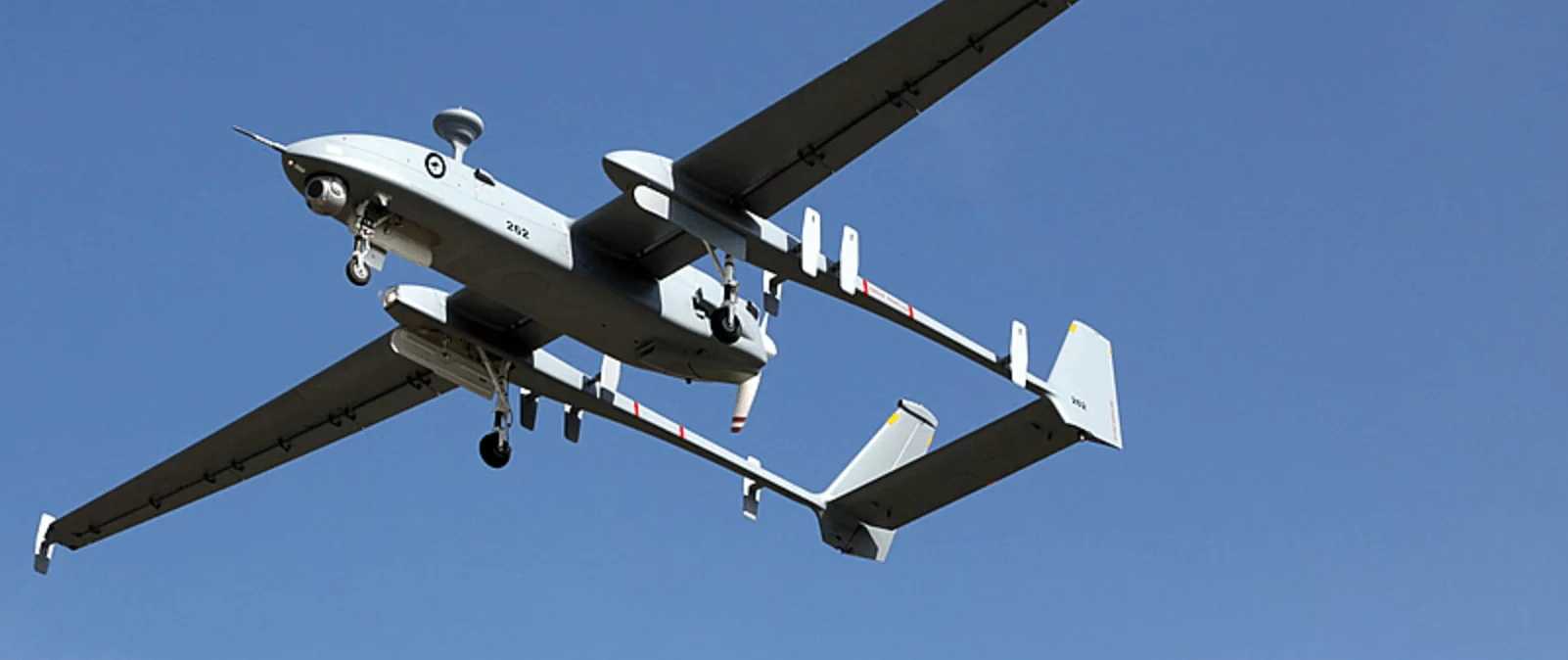
V. Technological Advancements in Drones:
a. Sense and Avoid Technology:
- Collision Avoidance: Sense and avoid technology equips drones with sensors to detect obstacles and avoid collisions autonomously. This feature enhances the safety and reliability of drone operations.
b. Artificial Intelligence (AI) Integration:
- Autonomous Functions: AI integration enables drones to perform autonomous functions, such as object recognition, route planning, and decision-making. This enhances the capabilities of drones in various applications.
c. Advanced Battery Technologies:
- Extended Flight Times: Ongoing developments in battery technologies contribute to longer flight times for drones. Improved energy density and efficiency enhance the operational capabilities of drones in various sectors.
d. Swarm Technology:
- Collaborative Flight: Swarm technology allows multiple drones to collaborate and perform tasks collectively. This is employed in applications such as agricultural seeding, environmental monitoring, and synchronized aerial displays.
e. Advanced Imaging and Sensors:
- High-Resolution Cameras: Drones are equipped with advanced imaging technologies, including high-resolution cameras, thermal sensors, and multispectral sensors. These sensors enable precise data collection for diverse applications.
VI. Regulatory Landscape:
a. Airspace Regulations:
- Safety Measures: The integration of drones into airspace necessitates robust regulations to ensure safety and prevent conflicts with manned aircraft. Regulatory bodies worldwide are establishing guidelines for drone operations.
b. Remote Identification and Tracking:
- Identification Requirements: Some jurisdictions require drones to have remote identification and tracking systems to enhance accountability and security. This aids authorities in monitoring and regulating drone flights.
c. Privacy Concerns and Data Security:
- Balancing Interests: The widespread use of drones raises concerns about privacy and data security. Striking a balance between the benefits of drone technology and protecting individuals’ privacy is a challenge for regulators.

VII. Challenges in Drone Technology:
a. Limited Flight Time and Range:
- Battery Constraints: Despite advancements, drones still face limitations in terms of flight time and range due to current battery technologies. Researchers are exploring alternative power sources and energy-efficient designs.
b. Air Traffic Management Integration:
- Coordinating with Manned Aircraft: Integrating drones into existing air traffic management systems poses challenges in terms of coordination, communication, and ensuring the safety of both manned and unmanned aircraft.
c. Weather and Environmental Conditions:
- Adverse Conditions: Drones are sensitive to adverse weather conditions such as strong winds, rain, or fog. Overcoming these challenges is crucial for maintaining reliable drone operations in diverse environments.
d. Public Perception and Acceptance:
- Addressing Concerns: Public perception of drones can impact their acceptance. Concerns about privacy, safety, and noise pollution require effective communication and education to garner public support.
VIII. The Future of Drones and UAVs:
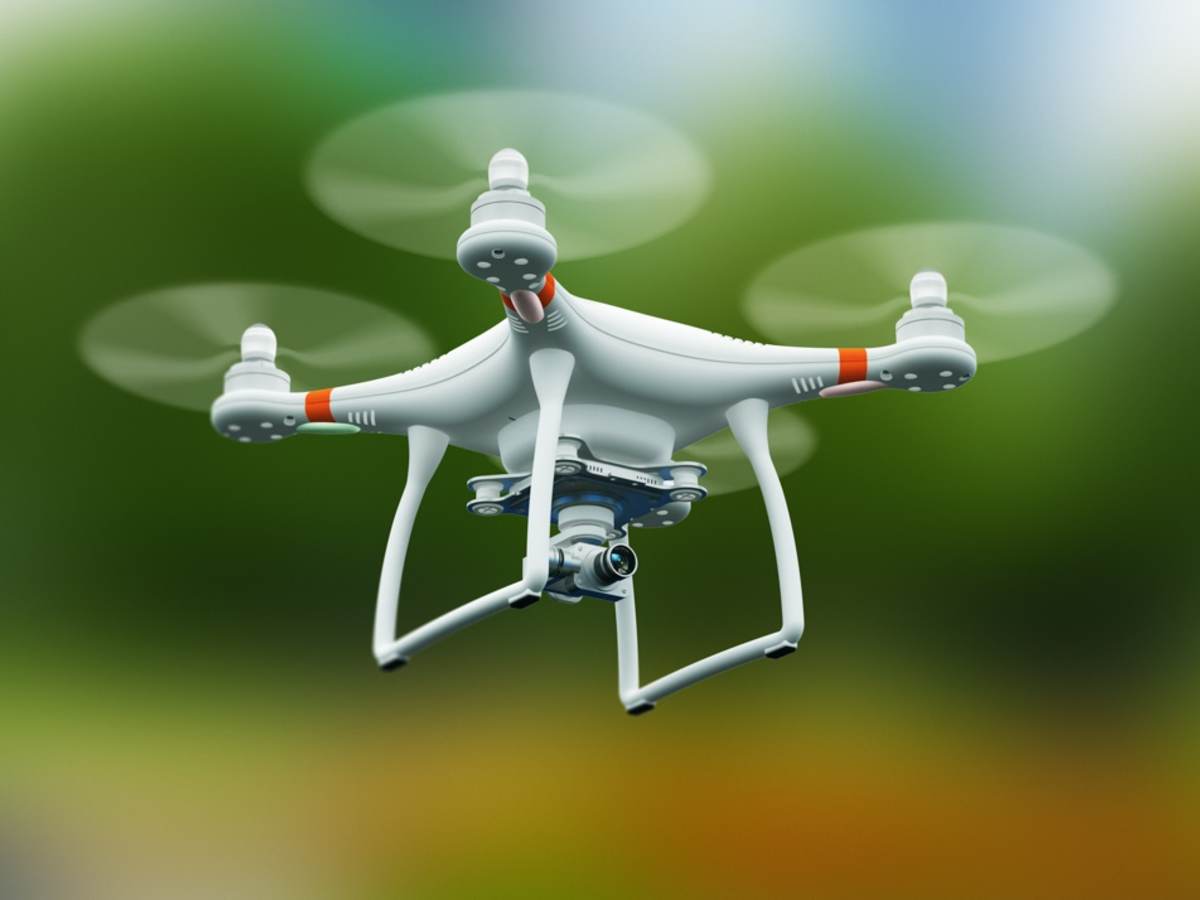
a. Urban Air Mobility (UAM):
- Air Taxis and Transportation: Urban Air Mobility envisions the use of drones for passenger transportation in urban areas. Prototypes of air taxis and autonomous aerial vehicles are being developed for this purpose.
b. Drone Swarms for Large-Scale Operations:
- Collaborative Applications: The use of drone swarms for large-scale operations, such as crop spraying, environmental monitoring, and even light shows, is an emerging trend with potential transformative effects.
c. Hydrogen-Powered Drones:
- Extended Range and Sustainability: Hydrogen-powered drones are being explored as a solution to extend flight range and reduce environmental impact. These drones utilize fuel cells to generate electricity for propulsion.
d. AI-Driven Autonomy for Enhanced Applications:
- Expanded Autonomy: Advances in artificial intelligence are expected to drive increased autonomy in drones, enabling them to perform more complex tasks and adapt to dynamic environments.

IX. Ethical Considerations and Societal Impacts:
a. Privacy and Surveillance:
- Balancing Interests: The use of drones in surveillance raises ethical questions about privacy. Striking a balance between the benefits of surveillance for public safety and protecting individual privacy is crucial.
b. Job Displacement and Economic Impact:
- Automation Effects: The automation of tasks through drones may lead to job displacement in certain sectors, raising concerns about its economic impact and the need for workforce reskilling.
c. Environmental Impact:
- Sustainable Practices: The environmental impact of drone operations, including their carbon footprint and the disposal of drone components, needs to be addressed through sustainable practices and materials.
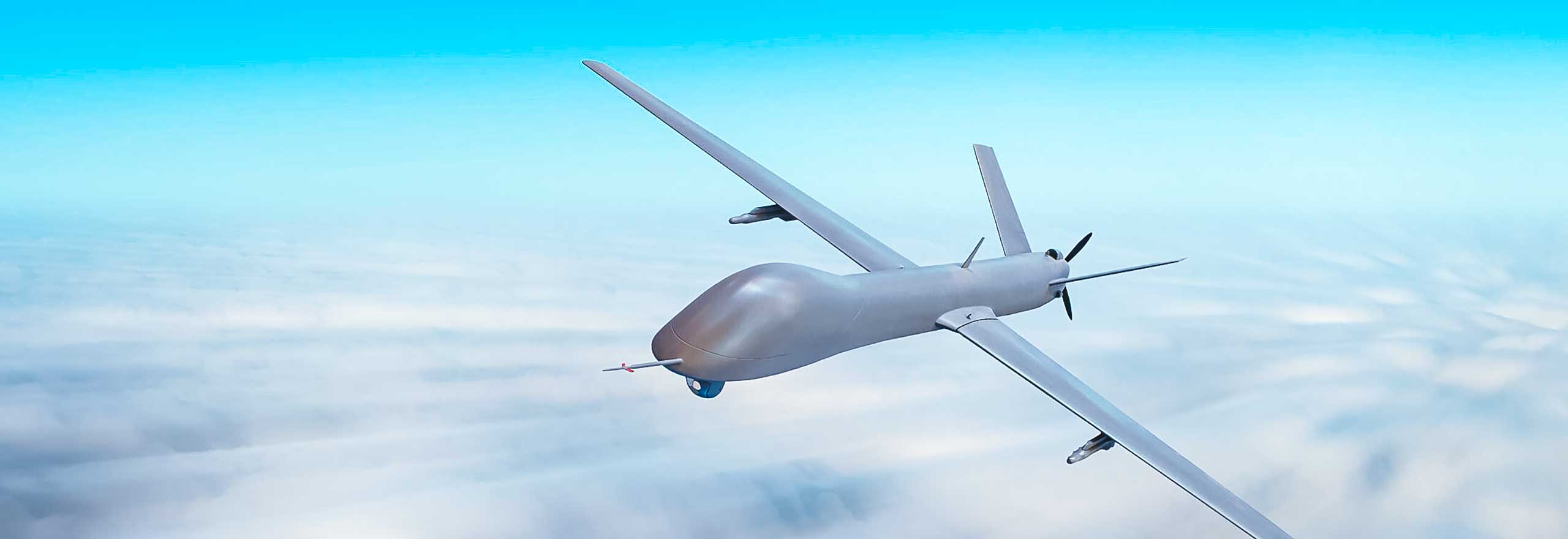
X. Conclusion:
Navigating the Skyways of Tomorrow: As drones and UAVs continue to soar to new heights, their impact on industries, society, and our daily lives becomes increasingly pronounced. From revolutionizing agriculture and search and rescue operations to transforming cinematography and urban transportation, the potential applications of drone technology are vast.
In concluding this exploration, it is clear that the journey of drones is not merely about flight; it is about navigating a complex landscape of technological advancements, regulatory considerations, and societal expectations. The future promises continued innovation, ethical considerations, and a delicate balance between progress and responsibility as we harness the transformative capabilities of drones to shape the skyways of tomorrow. As we embark on this journey, the evolution of drones stands as a testament to the boundless possibilities that emerge when human ingenuity takes flight.